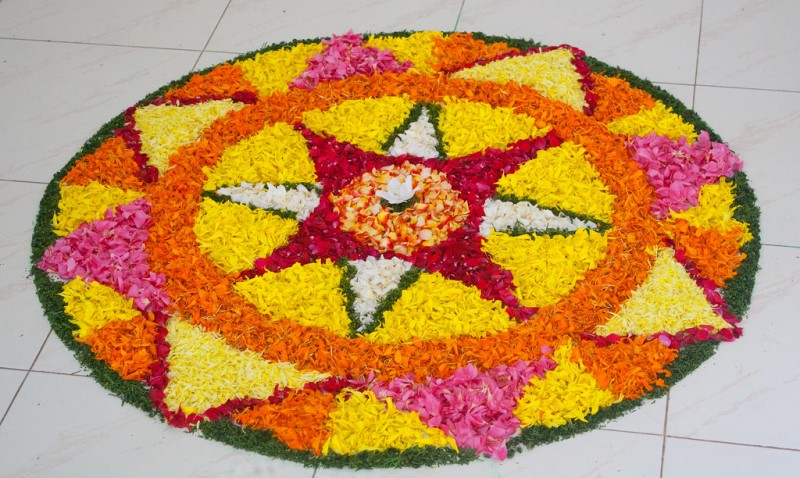
Onam, the vibrant and joyous festival celebrated in the Indian state of Kerala, holds a special place in the hearts of its people. This annual harvest festival is marked by a rich tapestry of cultural traditions and rituals that set it apart from other celebrations. From the exquisite art of Pookalam creation to the sumptuous Sadhya feast, Onam boasts seven distinct characteristics that contribute to its uniqueness.
Onam, often referred to as the "Festival of Harvest," holds deep cultural and historical significance for the people of Kerala, India. It marks the homecoming of the mythical King Mahabali, whose benevolence and rule brought prosperity to the land. This article explores the seven unique characteristics that define Onam and make it a celebration like no other.
Rooted in Hindu mythology, Onam commemorates the annual visit of King Mahabali to his people. His reign is celebrated for its golden age, where people experienced equality, prosperity, and happiness. Onam is a time to honor his memory and embrace the values he embodied.
One of the most visually captivating aspects of Onam is the creation of Pookalam, intricate floral designs made from colorful petals. These stunning rangoli-like patterns are painstakingly crafted on the ground outside homes and temples. Each day of the festival sees the Pookalam grow larger and more intricate, showcasing the artistic talents of the community.
A highlight of Onam is the Sadhya, a grand vegetarian feast served on a banana leaf. It features an array of dishes, each bursting with unique flavors and textures. From the crispiness of banana chips to the richness of avial (a mixed vegetable curry), Sadhya is a sensory delight that brings families and communities together.
Vallamkali, the traditional boat races of Onam, are a thrilling spectacle that combines teamwork, competition, and cultural pride. Colorfully adorned snake boats glide through the waters, accompanied by the rhythmic beats of traditional songs. These races hark back to Kerala's maritime heritage and are a testament to the unity of its people.
Kaikottikali, a folk dance performed by women during Onam, is a graceful display of synchronized movements. Dressed in traditional attire, women form a circle and clap their hands in rhythm to the songs, celebrating the spirit of togetherness and womanhood.
Onam is incomplete without a range of traditional games that add an element of playfulness to the festivities. From tug-of-war to intricate board games like Pallankuzhi, these activities foster camaraderie and competition among both young and old.
Pulikali, or the "Tiger Dance," is a mesmerizing folk art form where participants paint themselves as tigers and hunters. With vibrant colors and intricate designs, the performers depict tales of the wild through dance. This unique and lively performance brings an element of excitement to Onam.
Onam, with its kaleidoscope of traditions, embodies the spirit of unity, diversity, and cultural pride. From the exquisite Pookalam designs to the tantalizing Sadhya feast, each aspect of the festival tells a story of Kerala's rich heritage. As families gather, boats race, and dancers whirl, the uniqueness of Onam shines brightly.
Taking Care of Your Eyes: Important Advice for Safe Screen Use
How Meat Alternatives For Dogs Could Be Replaced By Insect-Based Foods?